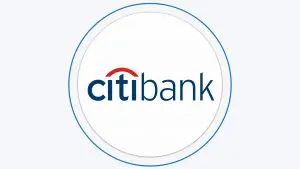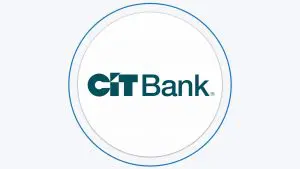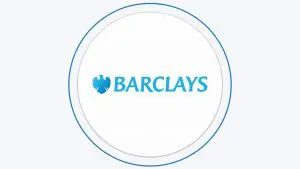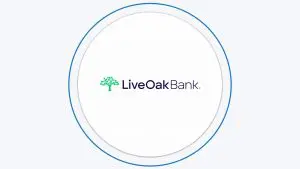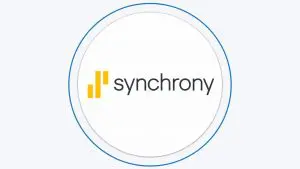Table Of Content
What Is Compound Interest?
Compound interest is a financial concept that refers to the interest earned or charged on the initial principal amount of money, as well as on any accumulated interest from previous periods. In simple terms, compound interest is interest on interest.
When you invest or borrow money with compound interest, the interest is calculated and added to the principal at regular intervals (such as annually, semi-annually, quarterly, or monthly). Subsequently, the interest is calculated based on the new total, including both the principal and the accumulated interest.
Compound interest is commonly used in savings accounts, investment accounts, bonds, loans, and other financial products. It is a powerful concept that can work to your advantage when you are saving or investing, but it can also increase the cost of borrowing when you have loans or credit card debt.
How Does Compound Interest Work?
The compounding effect allows the interest to grow exponentially over time, resulting in a larger interest amount compared to simple interest, where interest is only calculated on the initial principal. As a result, compound interest can significantly increase the overall growth of investments or the total amount owed in loans.
The frequency of compounding (how often interest is calculated and added) and the interest rate determine how quickly the amount grows. The more frequently compounding occurs, the faster the interest accumulates. Conversely, higher interest rates contribute to faster growth.
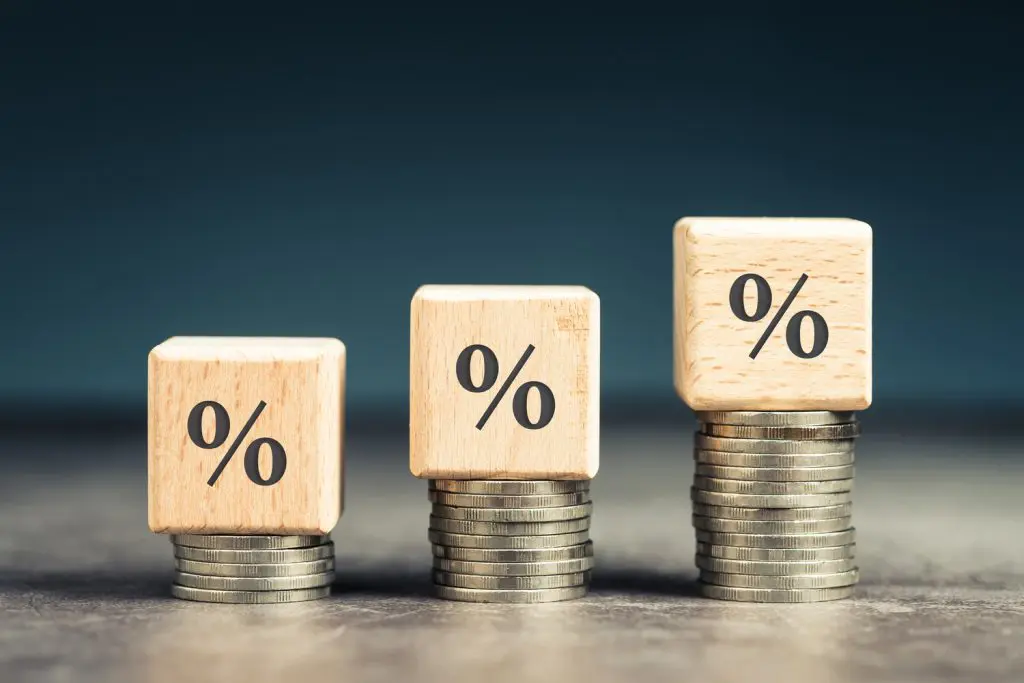
How To Calculate Compound Interest
To calculate compound interest, you can use the following formula:
A = P * (1 + r/n)^(n*t)
- A is the final amount (including principal and interest)
- P is the principal amount (the initial amount of money)
- r is the annual interest rate (expressed as a decimal)
- n is the number of times the interest is compounded per year
- t is the time in years
Top Offers From Our Partners
![]()
Example: How To Calculate Compound Interest
Suppose you have $5,000 to invest in a fixed deposit account with an annual interest rate of 6%, compounded quarterly for 2 years.
- P = $5,000 (principal amount)
- r = 0.06 (6% expressed as a decimal)
- n = 4 (compounded quarterly)
- t = 2 (2 years)
Using the formula:
- A = 5000 * (1 + 0.06/4)^(4*2) ≈ $5,632.40 (final amount)
To calculate the compound interest, subtract the principal amount:
- Compound Interest = $5,632.40 – $5,000 Compound Interest ≈ $632.40
So, the compound interest earned in this example is approximately $632.40.
Example: Compounded Daily vs Monthly vs Yearly
Now, let's continue with the same example and compare how much interest we get if it is compounded daily, monthly, and yearly.
The only parameter we are going to change is n.
Compounded | Interest |
|---|---|
Daily | $637.42 |
Monthly | $635.79 |
Quarterly | $632.40 |
Semi Annually | $627.54 |
Annually | $618 |
-
Compounded Daily (n=365)
- A = 5000 * (1 + 0.06/365)^(365*2) ≈ $5,637.42 (final amount)
- Compound Interest = $5,637.42 – $5,000 Compound Interest ≈ $637.42
-
Compounded Monthly (n=12)
- A = 5000 * (1 + 0.06/12)^(12*2) ≈ $5,635.79 (final amount)
- Compound Interest = $5,635.79 – $5,000 Compound Interest ≈ $635.79
-
Compounded Semi-Annually (n=2)
- A = 5000 * (1 + 0.06/2)^(2*2) ≈ $5,627.54 (final amount)
- Compound Interest = $5,627.54 – $5,000 Compound Interest ≈ $627.54
-
Compounded Yearly (n=1)
- A = 5000 * (1 + 0.06/1)^(1*2) ≈ $5,618 (final amount)
- Compound Interest = $5,618 – $5,000 Compound Interest ≈ $618
How Savings Accounts Compounds Interest?
The specific method of compounding can vary between different financial institutions and savings account products.
Bank/Institution | Savings APY | Compounded |
|---|---|---|
Up to 3.85%
| Daily | |
4.00%
| Daily | |
3.50% | Daily | |
3.50% | Daily | |
0.03% – 1.18%
| Daily | |
3.65% | Daily | |
3.50%
| Daily | |
up to 4.10%
| Daily | |
4.20% | Monthly | |
3.80% | Daily |
As we can see, most financial institutions compounded interest daily. Also, in most cases, the interest is credited every month.
How To Check The Way My Bank Compound Interest?
To determine how your bank compounds interest on your savings account, you can follow consider any of the following steps:
Review your account agreement: Start by referring to the account agreement or terms and conditions provided by your bank when you opened the savings account. Look for specific information regarding the compounding frequency and method.
Visit the bank's website: Banks often provide details about their savings account offerings on their websites. Look for the specific savings account product you have and navigate to its description or frequently asked questions (FAQs) section. The compounding frequency and method are typically mentioned there.
Contact customer service: If you're unable to find the compounding information online or in the account agreement, reach out to your bank's customer service.
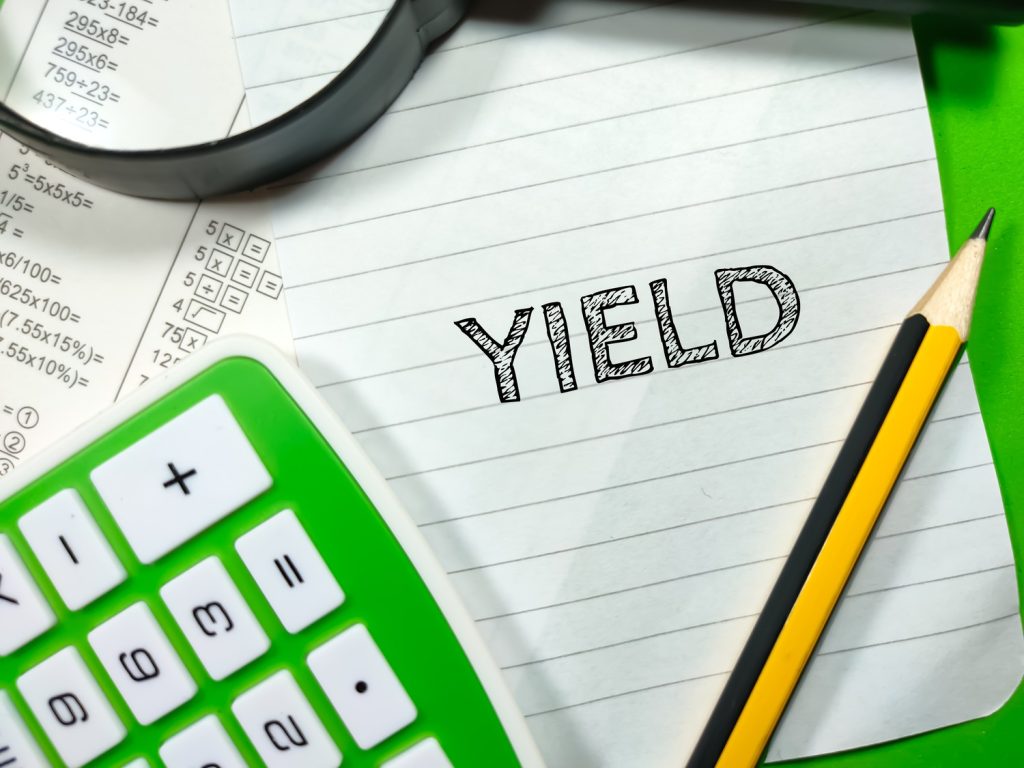
What Else To Check When Choosing A Deposit Account?
When choosing a deposit account, in addition to considering the compounding details, it's important to check for other factors that can impact your overall banking experience and the safety of your funds. Here are two key aspects to consider:
- Interest Rate: Look for a deposit account that offers a competitive interest rate. A higher interest rate means your savings will grow faster over time. Compare savings rates different banks or financial institutions offer to find the best option.
- Fees and Charges: Review the fees associated with the deposit account, such as monthly maintenance fees, transaction fees, ATM withdrawal fees, or fees for falling below the minimum balance. Look for accounts with low or no fees, as this will help maximize your savings.
- Accessibility and Convenience: Consider the accessibility of your deposit account. Look for features like online banking, mobile apps, and ATM access that make it convenient to manage your account and access your funds when needed.
- Customer Service: Assess the quality of customer service provided by the bank. Check online reviews, ratings, and feedback from existing customers to gauge the level of support and assistance you can expect.
- Financial Stability: A financially stable and reputable bank can provide peace of mind, knowing that your savings are secure and that you can expect reliable customer service.
- FDIC Insurance: When selecting a savings account, ensure that the bank is FDIC-insured. This means that your deposits are covered up to the maximum limit set by the FDIC, which is currently $250,000 per depositor, per insured bank.
FAQs
Which compounding frequency results in the highest returns?
Generally, compounding daily yields the highest returns due to the more frequent addition of interest to the principal, followed by monthly compounding and then yearly compounding.
What is the difference between compounding interest daily, monthly, and yearly?
The difference lies in the frequency at which the interest is calculated and added to the principal. Daily compounding occurs every day, monthly compounding happens once a month, and yearly compounding occurs once a year.
Does the compounding frequency affect the overall growth of my investment?
Yes, the compounding frequency affects the overall growth. More frequent compounding leads to faster growth of investments due to the compounding effect.
Does the compounding frequency impact the annual percentage yield (APY)?
Yes, the compounding frequency does impact the annual percentage yield (APY). The APY is a measure of the overall return on an investment or the cost of borrowing, taking into account both the interest rate and the compounding frequency. Generally, more frequent compounding will result in a higher APY.
Can I switch the compounding frequency of my existing savings account?
The compounding frequency is typically determined by the terms of the savings account. You may need to contact your bank to inquire about the possibility of changing the compounding frequency or explore other savings account options that offer your desired compounding frequency.


